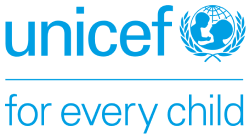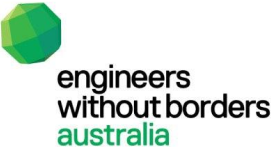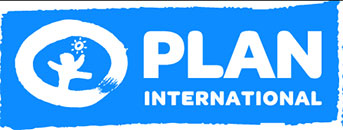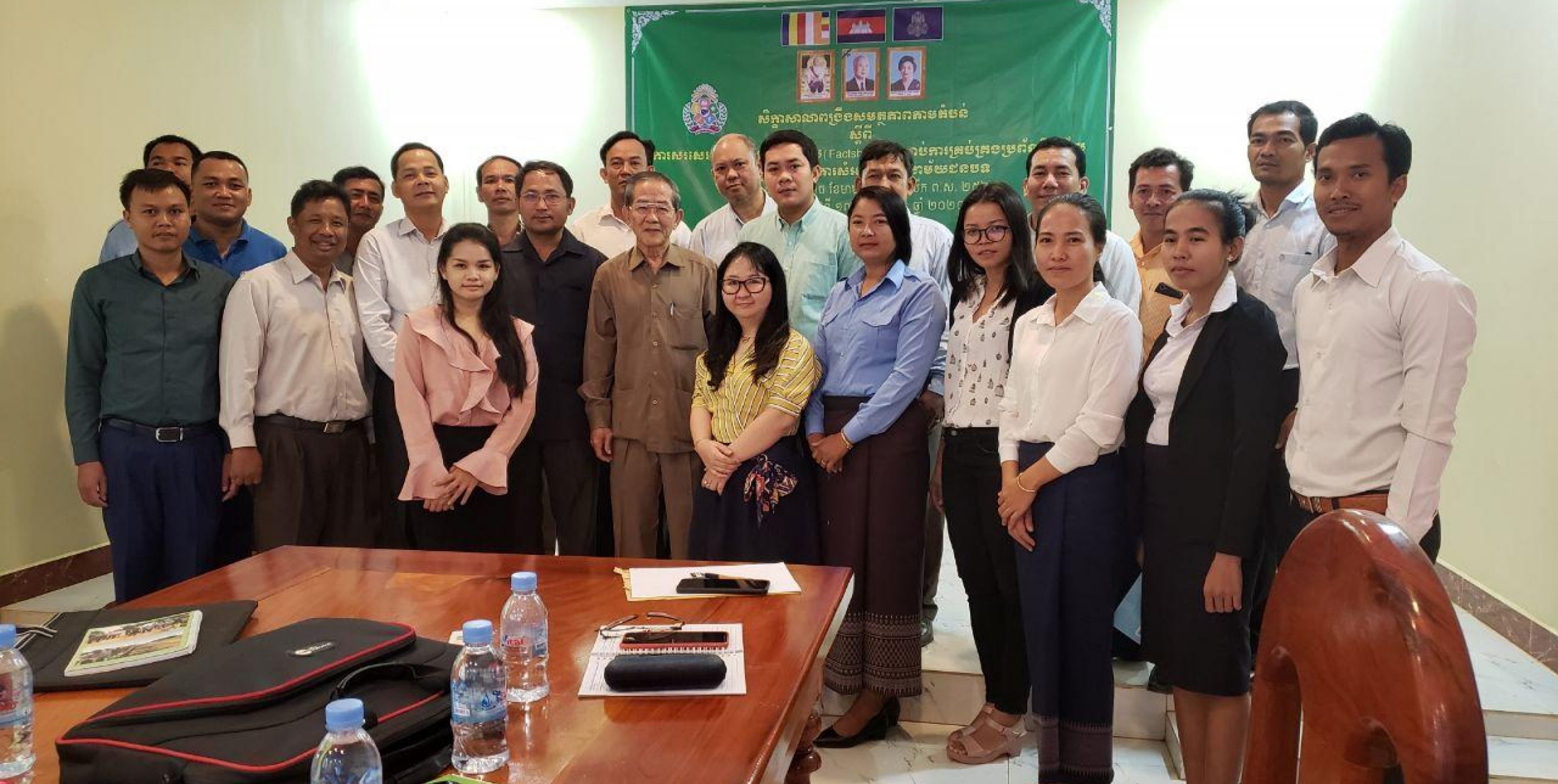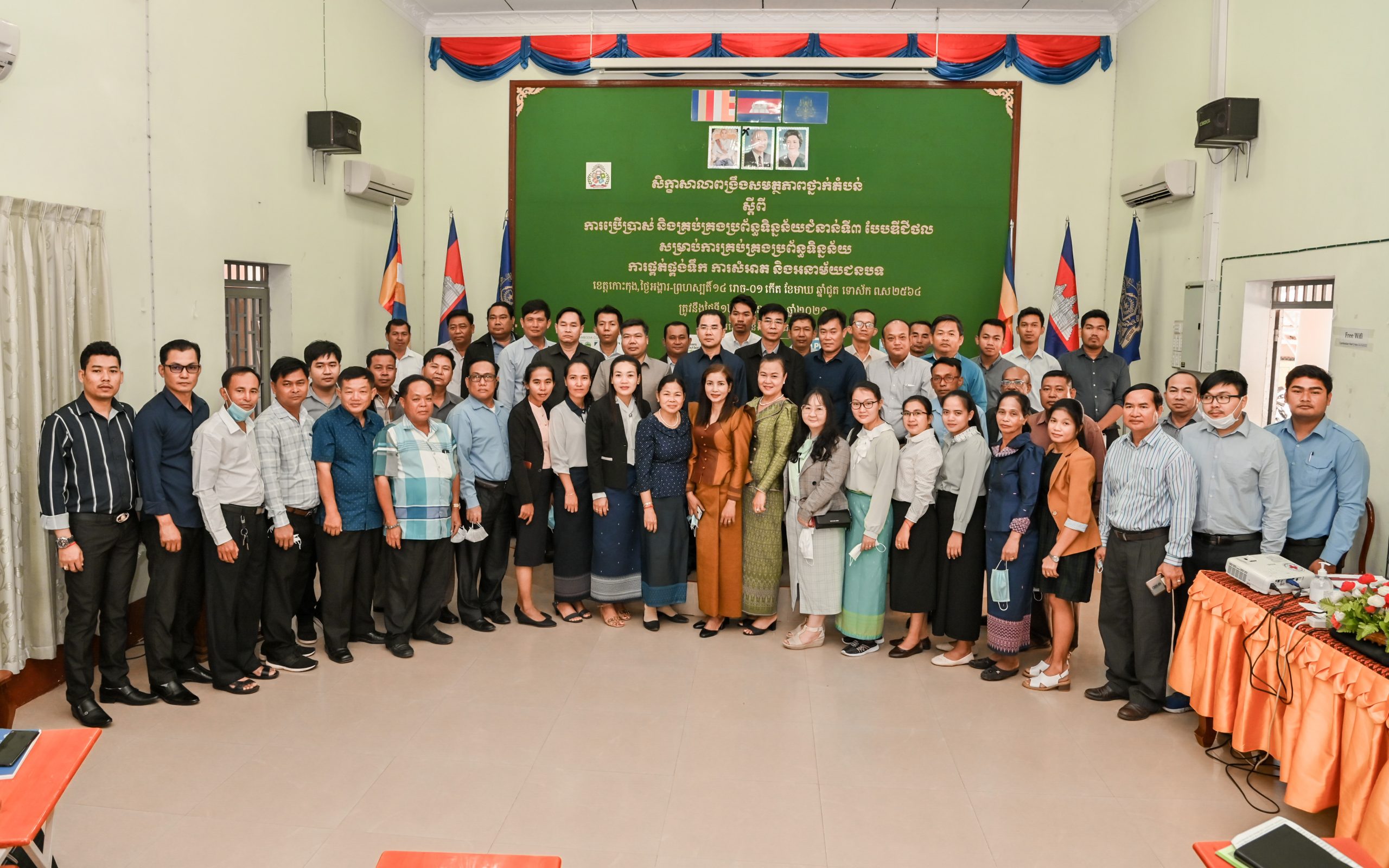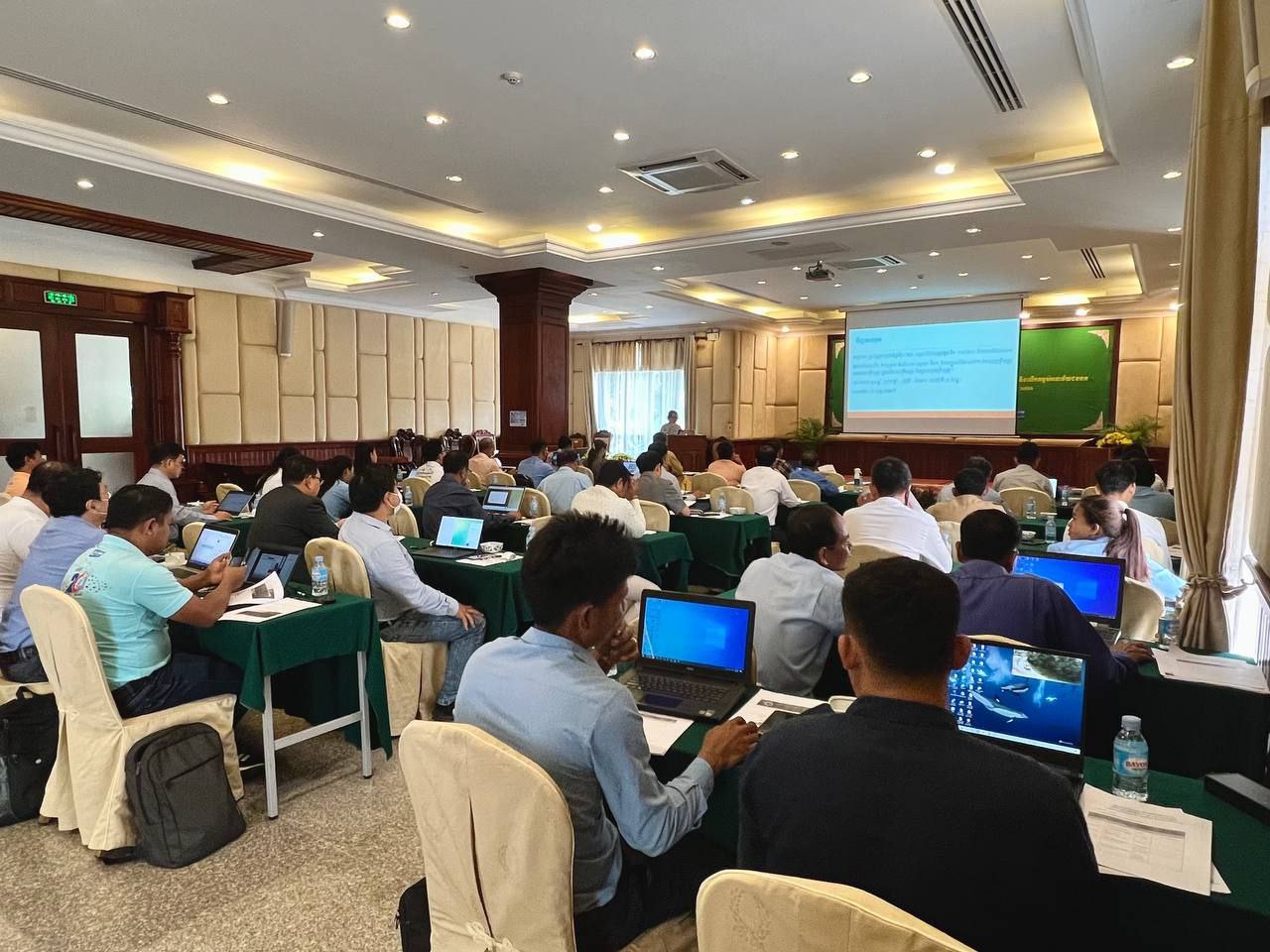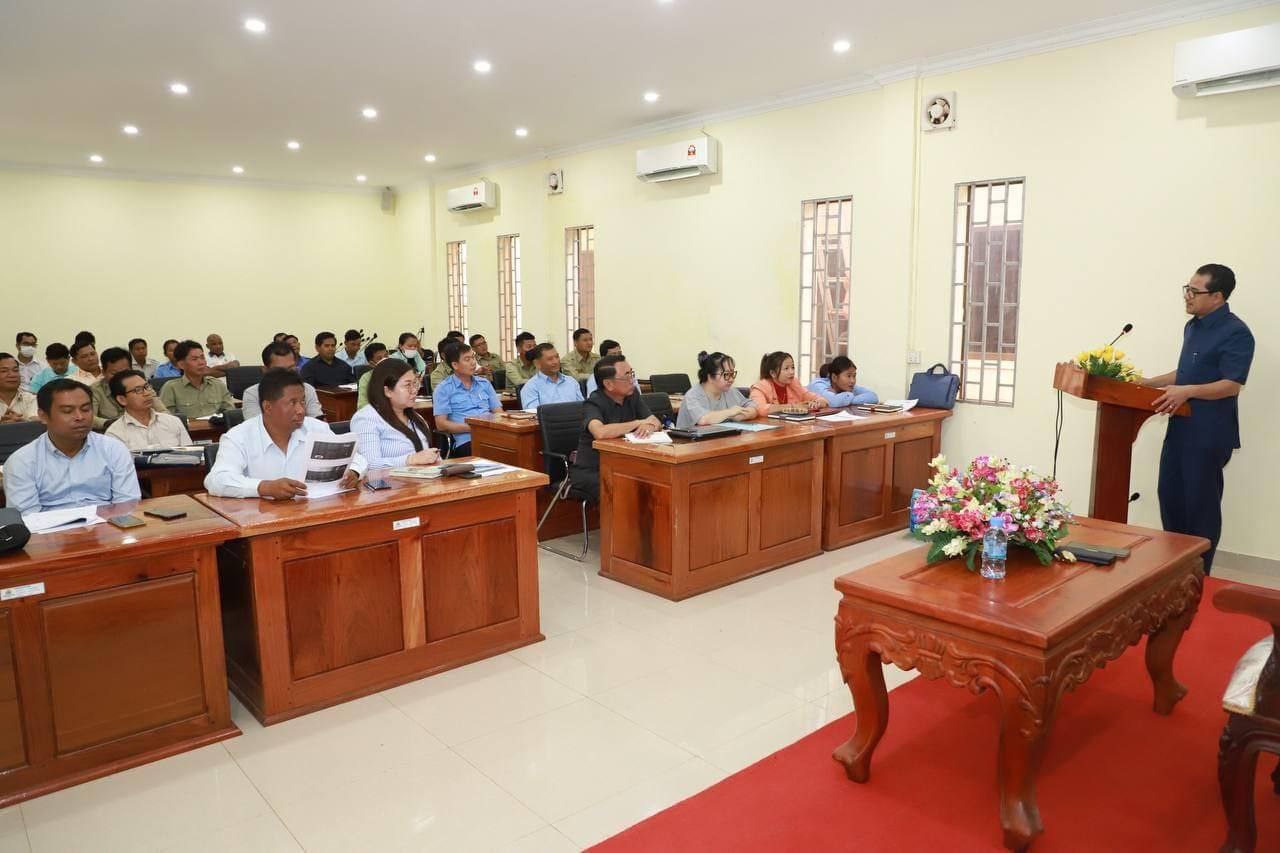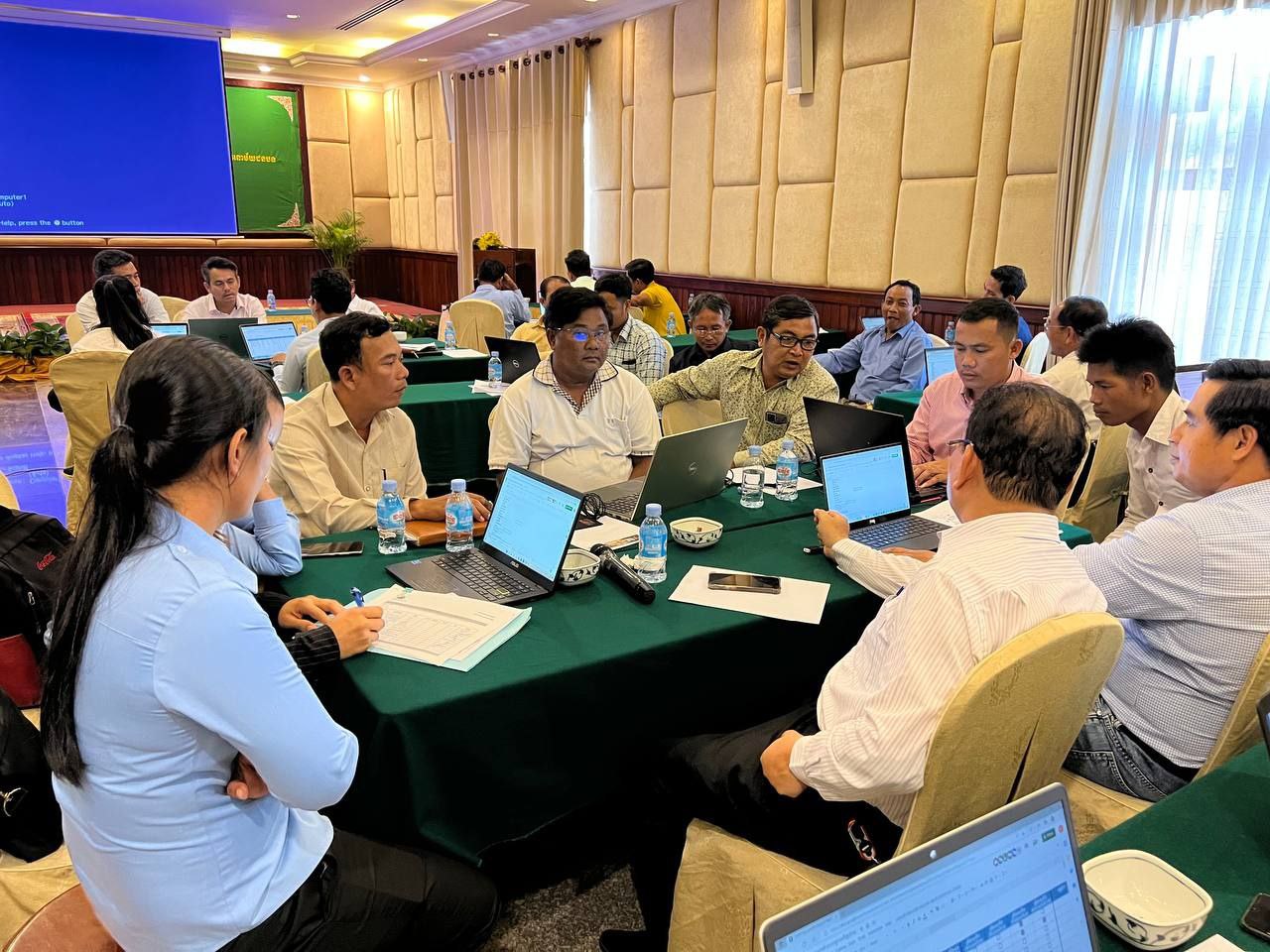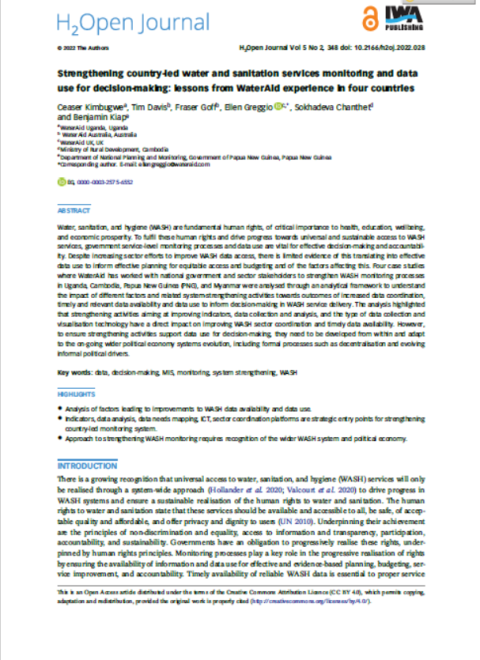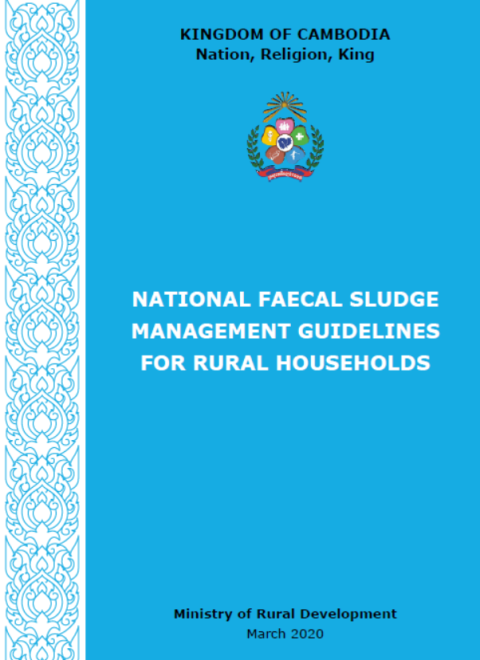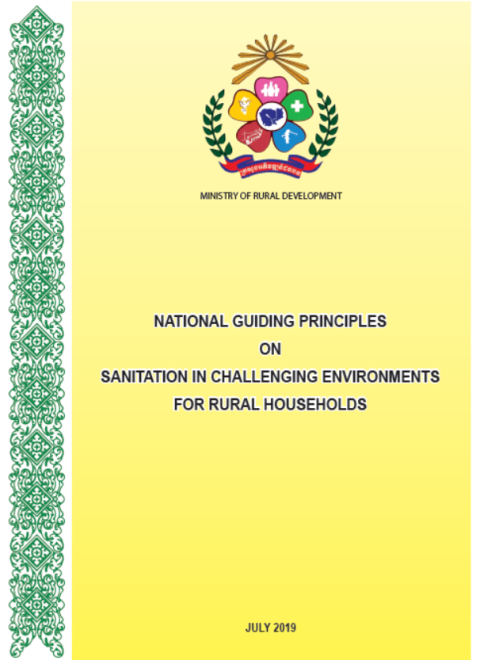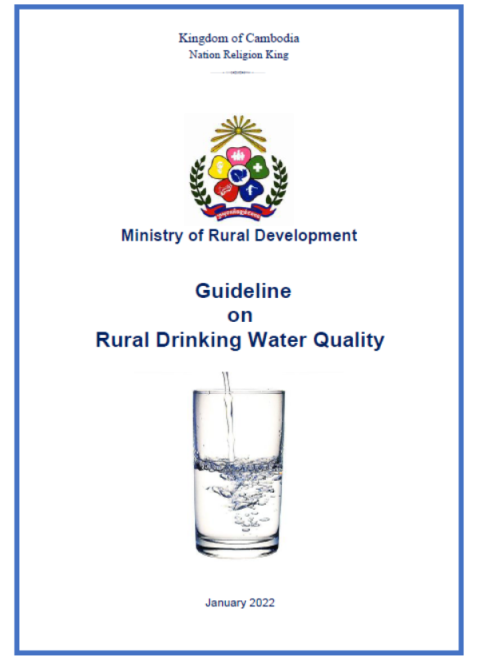Homepage
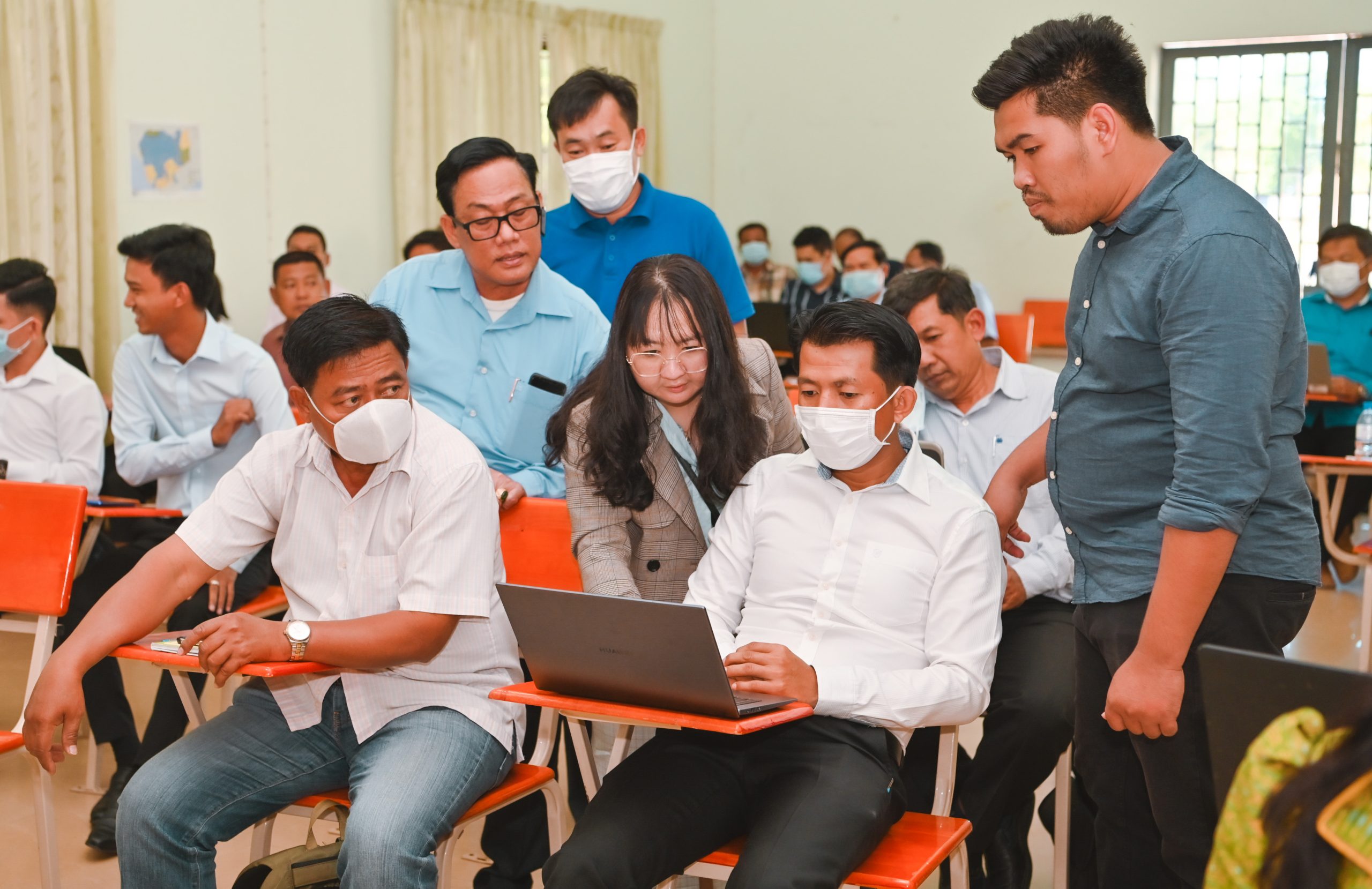
The Management Information System (MIS)
Background
Since 2013 the Cambodian rural water, sanitation and hygiene (WASH) sector has recognized the need for a comprehensive system to collect, manage and share information about the progress of WASH in the rural Cambodian context. The National Strategic Plan (NSP) for Rural Water Supply, Sanitation and Hygiene (RWSSH) sets out the Royal Government of Cambodia’s goal that every person in rural communities will have sustained access to safe water supply and sanitation services and live in a hygienic environment by 2025. The National Action Plan 1 (NAP) for RWSSH 2014-2018 was established as a first phase of the roadmap to reach this goal. The NAP1 also called for the establishment and regular updating of a Management Information System (MIS) as a tool to support planning, decision making and investment.
At the beginning of the NAP1, there was no comprehensive database from which to set a baseline for the plan’s indicators. The methodology for the NAP1 Review was to report using multiple available data sources and consultation with stakeholders through existing platforms and coordination mechanisms including the Technical Working Group (TWG/S), its sub-groups of Rural Sanitation and Hygiene (RuSH), Rural Water Supply (RWS) and WASH & Nutrition, and Provincial Working Groups (PWGs). The main limitations of the NAP1 Review included i) data was insufficient or not available for some indicators both at the national and sub-national level (and most data presented in the Provincial Action Plan (PAP) review reports had not been verified due to lack of time and human resources), and ii) The latest available data are Cambodia Socio Economic Survey (CSES) 2016 and Commune Data Base (CDB) 2016 which may not represent the latest situation. Therefore, there is an urgent need to develop and scale up a sector MIS over time to track NAP progress within the affordable resources and capacity of the Ministry of Rural Development (MRD).
The MIS contributes to addressing major WASH sector concerns regarding to accurate and reliable sources of data which can be used for strategy development, planning and review with the WASH sector and future policy formulation. Over time the MIS is expected to support MRD through its Rural Health Care, Rural Water Supply, and Planning departments in their project/programme tracking, follow-up and evaluation functions by providing efficient and systematic data collection, collation, reporting and analysis. Furthermore, the MIS will provide a means to measure the progress towards the target outcomes and output in the NAP2, thereby improving the visibility of WASH sector performance and improving accountability of WASH programme implementation. MRD, through its sub-national units, and with local authorities work in all provinces to devote more effort and resources to areas with lower WASH services.
Significant work has been undertaken by government and development partners in support of improved monitoring for the rural WASH sub-sector, including:
- A context analysis in 2013;
- A funded proposal for developing a rural sanitation and hygiene monitoring and evaluation system under the Global Sanitation Fund’s CRSHIP Programme, managed by Plan International (2012);
- The identification of key indicators to be tracked by a sector Management Information System (MIS) linked to the MRD’s NAP RWSSH 2014-2018; and
The partial design of an IT-based MIS system incorporating dedicated software and the use of an interactive voice response mechanism through mobile phones.
At the beginning, MRD did not adopt the IT-based system due to concerns related to functionality, technical complexity, and the affordability of operational costs, including those related to potential future adaptation of proprietorial software. There nevertheless remains the need for a credible means of monitoring the status of rural WSSH services, tracking progress towards the targets set out in the National Action Plan (NAP) for Rural Water supply, Sanitation and Hygiene 2019-2023, and using this information to inform sector planning and decision making.
Within MRD, the Department of Rural Health Care (DRHC) is the government-mandated entity for the promotion of rural sanitation and hygiene as well as monitoring related services with the Department of Rural Water Supply (DRWS) and the Department of Plannning (DoP). At sub-national level, DRHC and DRWS work through the Provincial Department of Rural Development (PDRD), District office of Rural Development (DoRD) and at local levels with commune councils, water and sanitation user groups, and village development committee (VDC). These departments of the Ministry of Rural Development (MRD) work with development partners (DPs), and with international and local NGOs, to improve the water, sanitation and hygiene situation in rural Cambodia. The establishment of the MIS in 2018 has been led by the DRHC.
The sector was not starting with a blank sheet, however, as there are established data collection and reporting systems in government to be built upon, not least the routine collection and aggregation of WASH data from local authorities and other implementing partners by PDRDs. As data is important for the PAPs and NAP, MRD decided to start the MIS nationwide rather than piloting in a few provinces. With a high vision to Increase reliability and accountability of WASH data to inform measures for future planning and operations and better aligning decision making and data availability with official government M&E web-based system (MRD_MIS), the Ministry of Rural Development (MRD) has been working together with development partners, sector stakeholders and subnational authorities since 2018 to establish a national Management Information System (MIS) to collect rural WASH data for the first time in Cambodia by moving step by step from off-line in 2018 (MIS Phase 1) tool to an online in 2019 (MIS Phase 2) and to a web portal in 2020 (MIS Phase 3)
The primary objectives of the MIS are i) to identify which rural water supply, sanitation and hygiene indicators should be monitored and reported on at sub-national level (and how often) to track progress towards NAP goals and targets, and ii) to develop an MIS that can operate nationwide, including data collection and management, aggregation of data, reporting, and use of the information generated to inform planning and operations at sub-national level. It is expected that the MIS will be scaled up to capture more NAP indicators.
Download MIS documents
Phase 1 Phase 2 Phase 3Findings - Dashboard
MIS included development of standard data entry templates, coordination structures, data validation and review processes, data analysis, mapping and reflection with MIS participants and users.
Partners
MIS received both financial and technical support from several NGOs and DPs such as UNICEF, PLAN International Cambodia, WaterAid, Engineers Withoutborders Australia (EWB), World Vision and Cambodia Climate Change Alliance (CCCA).

